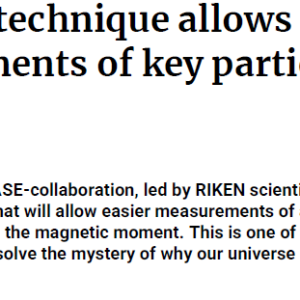
Work-hardening behavior in face-centered cubic metal crystals
₩4,000
The work–hardening phenomenon is one of the most well–known and utilized mechanical properties of crystalline materials. This paper overviews the history of the study of work
hardening of face centered cubic (FCC) single crystals under monotonic and uniaxial loading and presents some of our work since the 1980s. Chapters 1 and 2 of this paper review the
history of work hardening research beginning in the 19th century, and emphasize that the concept of dislocation was first presented by a Japanese researcher, Keiji Yamaguchi in 1929, prior
to the work of Taylor, Orowan, and Polanyi. Progress of research in the mid–20th century, backed up by the invention of the transmission electron microscope is then briefly introduced.
Chapter 3 discusses the most important question in the mechanism of work hardening, namely, what is the dislocation microstructure that causes work hardening? The role of deformation
bands, i.e., kink bands and bands of secondary slip is accentuated from experimental approach. Chapter 4 describes the modeling and numerical approach to the work–hardening. Tensile
deformation of numerical models for single crystals with initial inhomogeneities show subtle activity of secondary slip superimposed on the primary one and the formation of deformation
bands. The important role of the mean free path of dislocations is emphasized. Finally, directions for future research on work–hardening behavior in face–centered cubic metals are outlined.





상품평
아직 상품평이 없습니다.